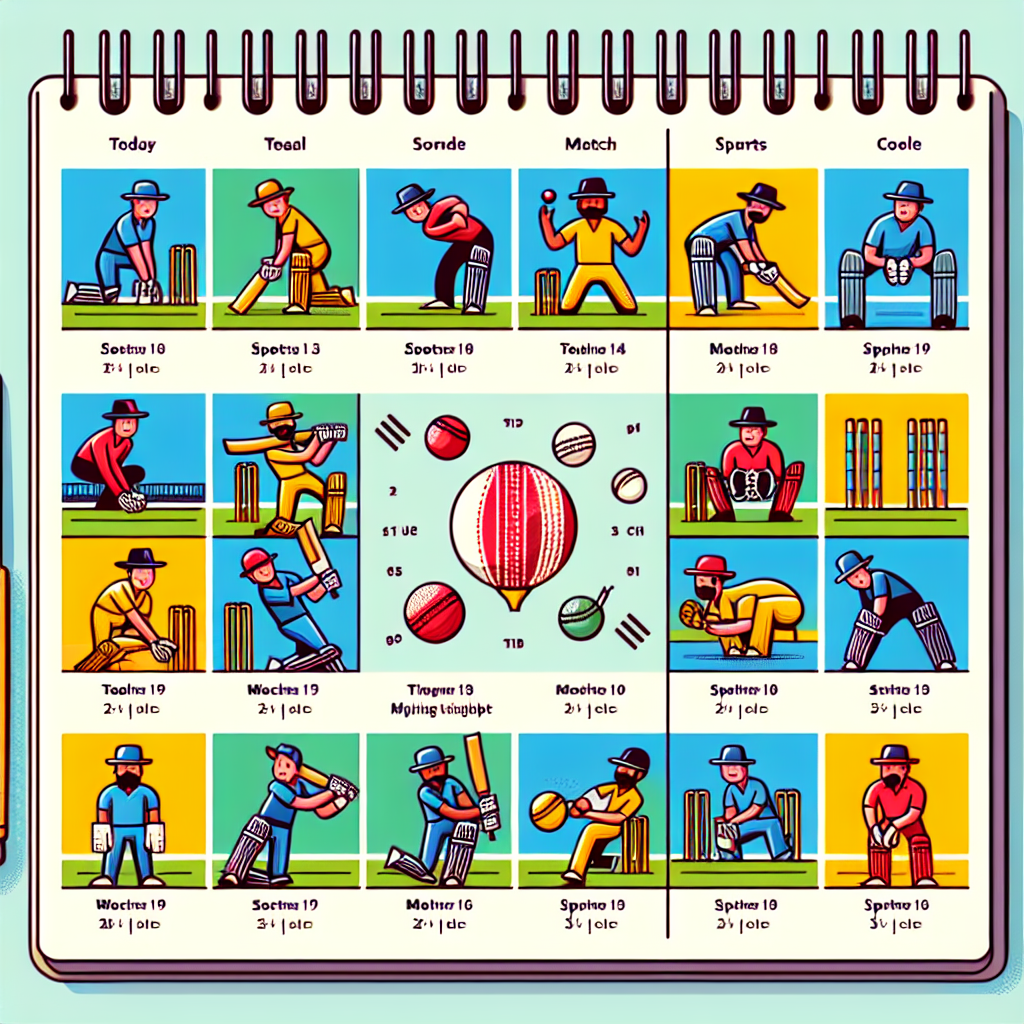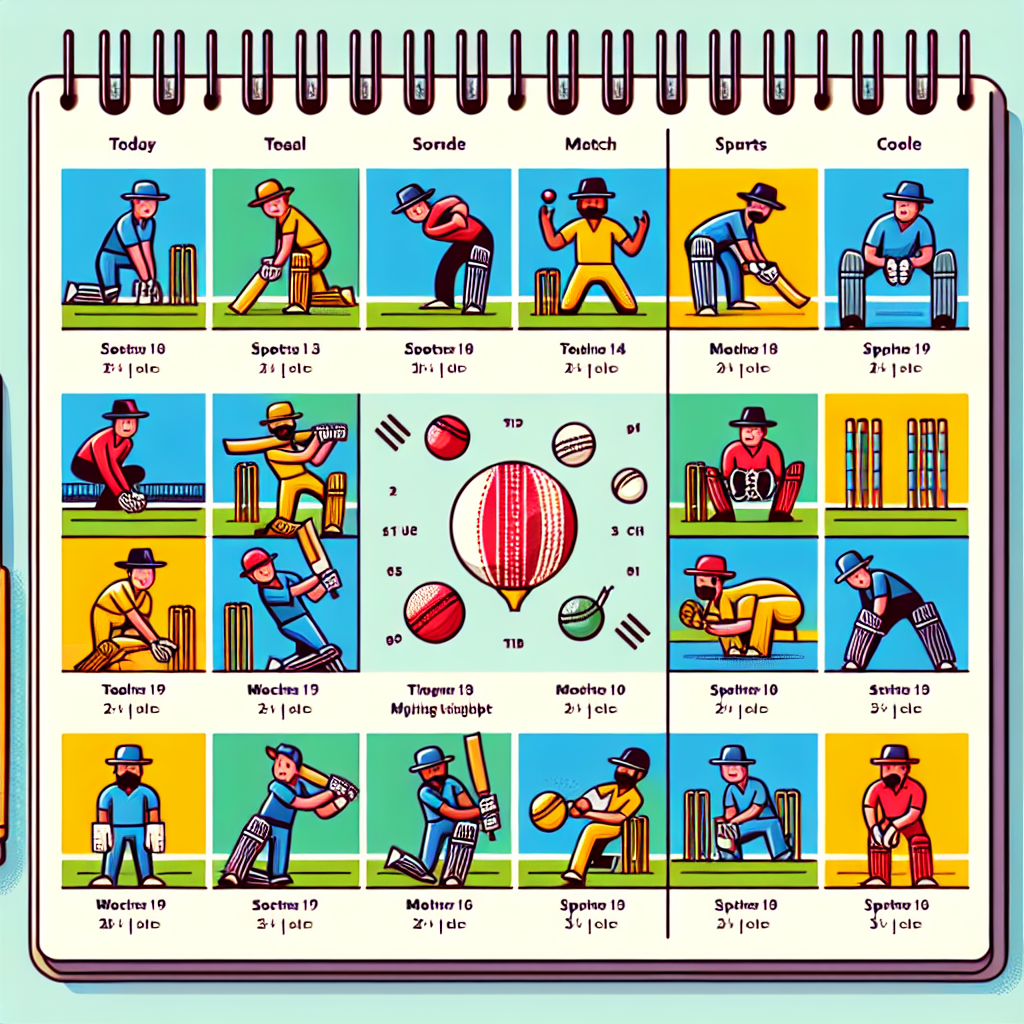How many matches in ipl for each team

Analyzing The IPL Schedule: Match Count Per Team Explained

The Indian Premier League (IPL) is a cricketing spectacle that captivates millions of fans worldwide with its blend of high-octane matches and star-studded line-ups. As the tournament unfolds each year, one of the most frequently asked questions pertains to the number of matches each team plays during the season. Understanding the structure of the IPL schedule is crucial for fans and analysts alike, as it provides insights into the competitive dynamics of the league.In the IPL, the number of matches each team plays is determined by the format of the tournament. Traditionally, the IPL follows a double round-robin format during the league stage, where each team competes against every other team twice—once at their home venue and once at their opponent's. This format ensures that each team plays an equal number of matches, providing a balanced opportunity to showcase their skills and strategies. With ten teams participating in the league, this results in each team playing a total of 14 matches during the league stage.The double round-robin format not only ensures fairness but also adds an element of excitement, as teams have the chance to avenge earlier losses and refine their tactics against familiar opponents. This structure also allows fans to witness a variety of match-ups, enhancing the overall appeal of the tournament. Moreover, the home-and-away system provides teams with the advantage of playing in familiar conditions, while also challenging them to adapt to different environments when playing away.Following the league stage, the IPL progresses to the playoffs, which consist of four matches: the Qualifier 1, the Eliminator, the Qualifier 2, and the Final. The top four teams from the league stage standings advance to this knockout phase. The team finishing first in the league stage faces the second-placed team in Qualifier 1, with the winner securing a direct spot in the Final. Meanwhile, the third and fourth-placed teams compete in the Eliminator, with the victor advancing to Qualifier 2 to face the loser of Qualifier 1. The winner of Qualifier 2 then earns the right to compete in the Final.The playoff structure adds another layer of complexity to the tournament, as it introduces a do-or-die scenario for teams, heightening the stakes and intensity of the matches. Consequently, the number of matches a team plays in the playoffs depends on their performance in the league stage and subsequent playoff games. A team that finishes in the top two and wins Qualifier 1 will play a total of 16 matches if they reach the Final. Conversely, a team that finishes third or fourth and progresses through the Eliminator and Qualifier 2 will also play 16 matches if they reach the Final.In conclusion, the IPL schedule is meticulously designed to ensure a fair and competitive tournament, with each team playing 14 matches in the league stage. The playoff system further determines the total number of matches a team plays, based on their success in advancing through the knockout rounds. This structure not only maintains the integrity of the competition but also provides fans with a thrilling and unpredictable cricketing experience. As the IPL continues to evolve, its format remains a testament to the league's commitment to delivering high-quality cricket and entertainment.
IPL Team Match Breakdown: A Comprehensive Guide To The Number Of Games Played
The Indian Premier League (IPL) is a professional Twenty20 cricket league in India, which has garnered immense popularity since its inception in 2008. Each season, the league features a number of teams representing different cities across India, competing for the coveted IPL trophy. Understanding the structure of the tournament is crucial for fans and analysts alike, as it provides insights into the number of matches each team plays during a season. The format of the IPL has evolved over the years, but the core structure remains consistent, ensuring a balanced and competitive tournament.In a typical IPL season, the league consists of eight to ten teams, although this number can vary slightly depending on the inclusion of new franchises or temporary suspensions. Each team plays a series of matches in a round-robin format during the league stage. Specifically, every team faces the other teams twice, once at their home ground and once at the opponent's venue. This home-and-away format ensures that each team plays an equal number of matches, providing a fair opportunity to showcase their skills in different conditions.To illustrate, in a season with eight teams, each team plays 14 matches during the league stage. This is calculated by multiplying the number of opposing teams (seven) by two, accounting for both home and away games. Consequently, the league stage comprises a total of 56 matches, as each of the eight teams plays 14 games. This structure not only maintains a competitive balance but also maximizes fan engagement by offering a plethora of matches to enjoy.Following the league stage, the top four teams on the points table advance to the playoffs. The playoffs consist of three matches: Qualifier 1, the Eliminator, and Qualifier 2, culminating in the final. The team that finishes first in the league stage faces the second-placed team in Qualifier 1, with the winner securing a direct spot in the final. Meanwhile, the third and fourth-placed teams compete in the Eliminator, with the victor advancing to Qualifier 2 to face the loser of Qualifier 1. The winner of Qualifier 2 then proceeds to the final, where they compete for the championship.Thus, the number of matches a team plays in a season can vary based on their performance. While each team is guaranteed 14 matches during the league stage, those advancing to the playoffs can play up to three additional games, depending on their success. Consequently, a team reaching the final could play a maximum of 17 matches in a season.It is important to note that the IPL format is subject to change, with the potential for expansion or restructuring in future seasons. For instance, the introduction of new teams could alter the number of league matches, as seen in the past when the league featured ten teams. In such scenarios, the number of matches per team would be adjusted accordingly to maintain the competitive integrity of the tournament.In conclusion, the IPL's structure ensures that each team plays a substantial number of matches, providing ample opportunities for players to demonstrate their prowess and for fans to witness thrilling cricketing action. By understanding the breakdown of matches, enthusiasts can better appreciate the intricacies of the tournament and the journey each team undertakes in their quest for IPL glory.




